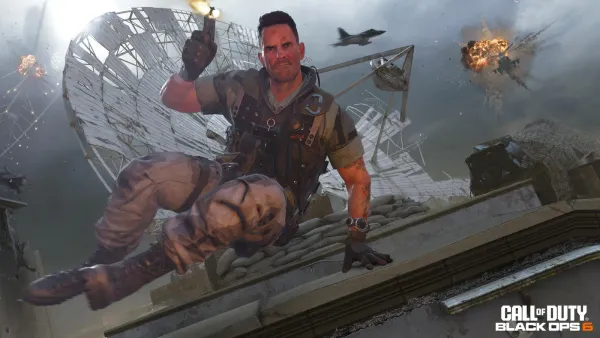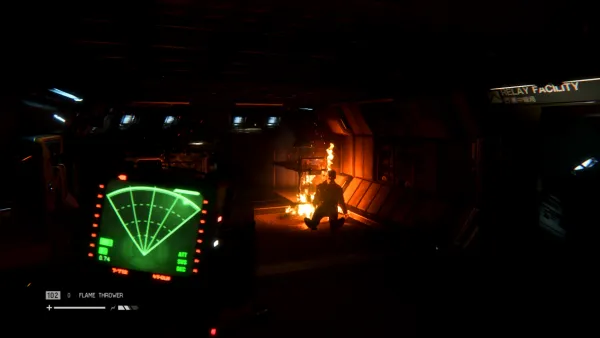Ammo mechanics in games are divisive; players either love them for the realism and tension they bring, or they wish devs would just let them mow down waves of enemies without worry.
But what’s often missed is how ammo serves as more than just a resource to run dry—it’s a design choice that adds depth, forcing players to adapt and make meaningful decisions on the fly.
The Real Purpose of Ammo: A Psychological Play
Ammo isn’t just a countdown to "click-click" panic mode; it's a tool for creating tension.
Think about Resident Evil or Silent Hill—those games shine because every bullet matters. Limiting ammo forces players to weigh up risks. When you’re down to your last three bullets, do you save them for a bigger threat, or use one now to get through an immediate problem?

Ammo scarcity becomes a narrative in itself, telling a story of survival where every encounter feels consequential.
In contrast, games like Doom or Borderlands, with abundant ammo, use it to amplify the fantasy of being an unstoppable force.
The lack of scarcity doesn’t cheapen the gameplay; instead, it lets players revel in their power. Ammo, in these cases, isn’t about survival but about immersion, letting you feel like the badass the game wants you to be.
Balancing Power and Weakness
Ammo isn’t only about keeping players on edge—it’s a balancing tool. It stops the most powerful weapons from becoming a constant crutch.
Imagine a game where your rocket launcher never runs out of rockets. The thrill of wielding power would fade quickly if you had access to it at every moment.

By limiting ammo, designers nudge players into exploring other weapons, often leading to unexpected “aha” moments when they find a new favourite.
A great example is The Last of Us, where ammo scarcity pushes you to experiment with bricks, bottles, and sneaky tactics.
The limited ammo isn't there to frustrate; it’s there to enrich gameplay by encouraging creativity and pushing the player beyond their comfort zone.
Ammo as a Game Progression Tool
Some games even use ammo to signal player progression.
In the early stages, ammo is tight, underscoring the player’s vulnerability and inexperience. But as the game progresses, ammo becomes more available, mirroring the protagonist’s growth and newfound strength.

Uncharted is a great example—early levels might see you scrambling for bullets, but by the game’s climax, you’re well-armed, in sync with Nathan Drake’s evolution from treasure hunter to action hero.
Ammo, then, is much more than a resource you can “run out of.” It’s a storytelling device, a progression marker, and a gameplay balancer that goes deeper than a simple numbers game.
Should All Games Have Ammo?
Of course, ammo isn’t right for every game.
Open-world RPGs, for instance, often benefit from free-flowing resources to keep players engaged in exploration rather than resource management.
Elden Ring takes this approach with spells, limiting them by other means rather than finite resources, keeping the combat flow without bogging players down in scarcity.
Yet for games that thrive on tension, strategy, or progression, ammo remains a tried-and-true mechanic. It’s not there to irritate but to elevate the experience.
As players, we might grumble about that empty chamber when we most need it, but without that moment of dread, games would miss the depth and drama that make them truly unforgettable.










